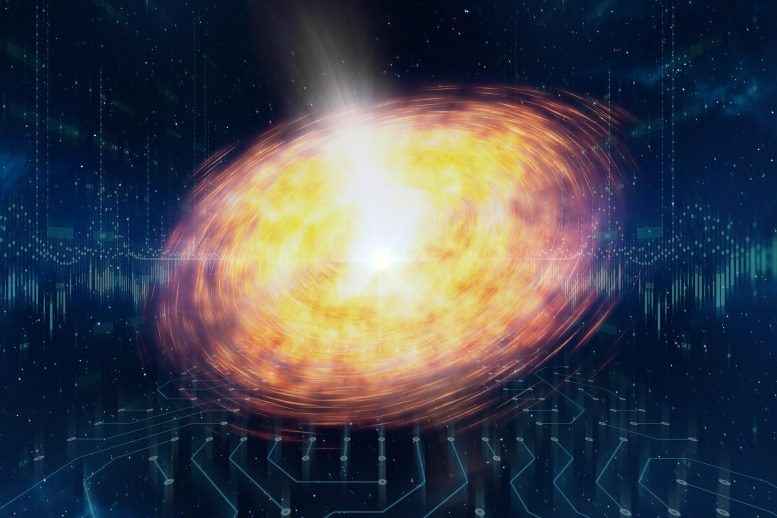
Astronomers used the ALMA telescope to study 39 infrared dark clouds, finding over 800 potential star seeds, suggesting high-mass star formation differs fundamentally from low-mass star formation. Their research indicated that denser cores, rather than merely more massive cores, might be the precursors to high-mass stars.
Astronomers have mapped 39 interstellar clouds where high-mass stars are expected to form. This extensive data indicates that our current understanding of low-mass star creation may need broadening to account for high-mass star formation. This suggests the formation of high-mass stars is fundamentally different from the formation of low-mass stars, not just a matter of scale.
High-mass stars play an important role in the evolution of the Universe through the release of heavy elements and the shock waves produced when a massive star explodes in a supernova. Despite their importance, the way massive stars form remains poorly understood due to their rarity.
To better understand massive star formation a team led by Kaho Morii, Patricio Sanhueza, and Fumitaka Nakamura used the Atacama Large Millimeter/submillimeter Array (ALMA) to observe 39 infrared dark clouds (IRDCs). IRDCs are massive, cold, and dense clouds of gas and dust; and are thought to be the sites of massive star formation.
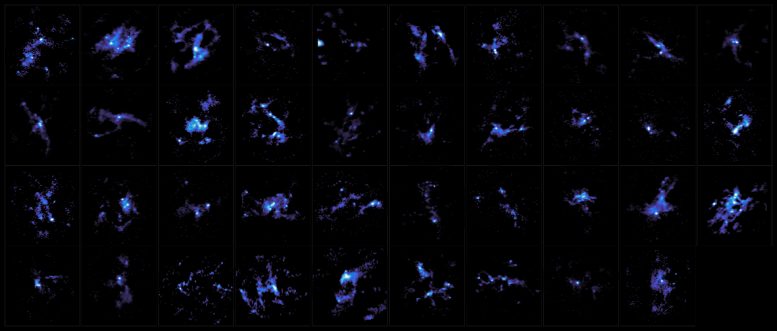
Dust emission maps for 39 IRDCs where massive stars are expected to form in the future. Credit: ALMA (ESO/NAOJ/NRAO), K. Morii et al.
The team focused on clouds showing no signs of star formation, to understand the beginning of the formation process before young stars ignite. In the 39 clouds, the team found more than 800 stellar seeds, referred to as molecular cloud cores, which astronomers think will evolve into stars.
Of these cores, 99% lack enough mass to become high-mass stars, assuming that high-mass stars evolve in the same way as the better-understood low-mass stars. These findings support the idea that the formation mechanism for high-mass stars must be different from that of low-mass stars.
Furthermore, the team investigated the distribution of cores. In stellar clusters, high-mass stars are grouped together, while low-mass stars are widely distributed. However, this work revealed that the locations of higher-mass cores exhibit no preference compared to the positions of lower-mass cores. On the other hand, denser cores tend to be locally concentrated. This suggests that denser cores rather than more massive cores may be the progenitors of high-mass stars; and that denser cores may grow more efficiently than less-dense cores.
Reference: “The ALMA Survey of 70 μm Dark High-mass Clumps in Early Stages (ASHES). IX. Physical Properties and Spatial Distribution of Cores in IRDCs” by Kaho Morii, Patricio Sanhueza, Fumitaka Nakamura, Qizhou Zhang, Giovanni Sabatini, Henrik Beuther, Xing Lu, Shanghuo Li, Guido Garay, James M. Jackson, Fernando A. Olguin, Daniel Tafoya, Ken’ichi Tatematsu, Natsuko Izumi, Takeshi Sakai and Andrea Silva, 20 June 2023, The Astrophysical Journal.
DOI: 10.3847/1538-4357/acccea
The study was funded by the Japan Society for the Promotion of Science, the German Research Foundation, and the Agencia Nacional de Investigación y Desarrollo.

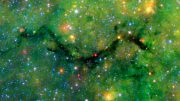
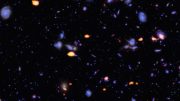
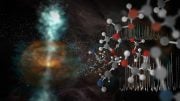
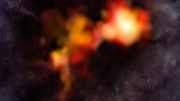
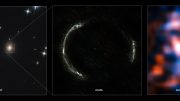
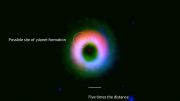
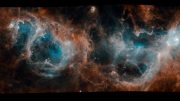
Be the first to comment on "Stellar Evolution Rewritten – New Findings Upend Our Understanding of High-Mass Star Formation"